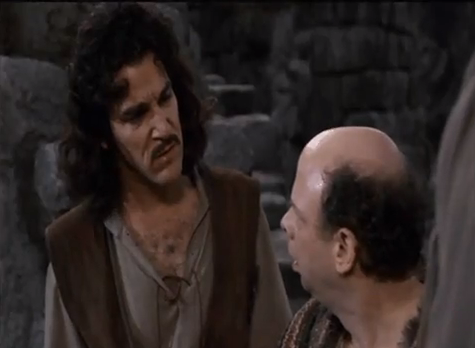The Seattle Times has been investigating what it’s characterizing as a “higher-education paradox“–“Washington ranks among the bottom states for the rate of high-school graduates who go on to college.” The rate of high graduates who enroll for college that same year has fallen from 58 percent in 1992 to 51 percent today, says the Times. The national average is 63 percent.
This trend is hidden, argues a longer why-aren’t-kids-going-to-college story, by the fact that Washington (particularly King County) is a magnet for highly educated people looking for work: “In 2007, the state had the highest per capita rate in the nation of 22- to 39-year-olds with college degrees moving here.” So just counting up degrees-per-capita doesn’t show the real story.
Yet, curiously, the Times skips over the single biggest factor the person in the street might think of: the rising cost of tuition in a recessionary environment. “Education experts,” the story runs instead, “say there is no single reason….” The reasons they do give leave economics out entirely; none include a data point.
Many parents, looking at tuition costs that resemble home mortgages, might want to punch these experts in the mouth. Is it really so hard to imagine that students from Washington’s less wealthy counties might hesitate at the prospect of, three months out of high school, signing on to a four-year hitch that will leave them $40,000 in debt?
In 1991, University of Washington tuition was $2,178. In 2010, it was $7,125–that’s partly due to inflation, but also due to the state cutting funding year after year. In 2008, a national study found that “[t]o attend public two- and four-year colleges in Washington, students and families pay more than the U.S. average and more than those in the best-performing states.”
Yet in January 2011, a governor’s task force recommended that state universities should set their own tuition without hindrance from the Legislature. Letting schools raise tuition more, faster, it was argued, would increase the number of students graduating. That May, the Legislature agreed to cede tuition control, rather than increase state funding. A recession was on, after all:
While the schools celebrate their new tuition autonomy, and decide how much more than seven percent per year tuition will rise, it’s worth remembering that median Washington household income for 2010 was projected to fall by $1,000 to $55,379.
If you go back and look at the state’s median income history, you see that while University of Washington tuition was increasing more than 200 percent between 1992 and 2010, the state households’ median income increased by about 60 percent (and a few counties only saw incomes increase 30 percent over that time period). So, a tuition bill that might have been six percent of the household median income grew to twelve percent.
But even these percentages don’t tell you the full story, because the point of all of this is whether fewer Washington residents, specifically, can afford college. And 15 percent of Washington counties had, in 2009, a median household income in the $30,000-to-$40,000 range. (King County’s median was almost $66,000.) That makes the absolute price of college a barrier much sooner. You start to see this reflected in the student loan debt that students graduate with.
The Project on Student Debt provides debt-burden averages for 2010 graduates. Central Washington University: $16,507. Eastern Washington University: $20,114. Western Washington University: $17,652. Washington State University: $18,712. (It gets worse: I believe this is the average for all students who graduate, even though it’s roughly half the students who graduate who have debt. So the indebted students may be carrying twice these amounts.)
Paradox?
This infographic, created by CollegeAtHome.com, gives more context to higher education costs nationally.

